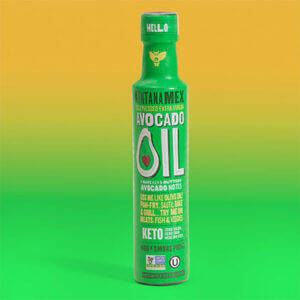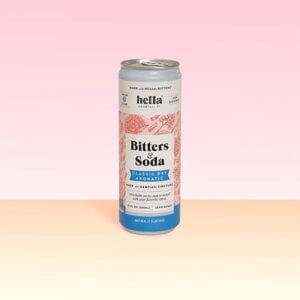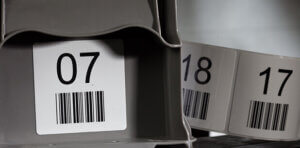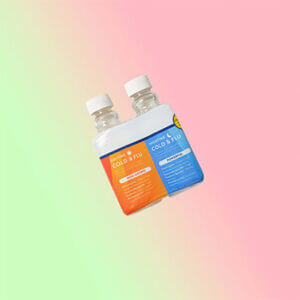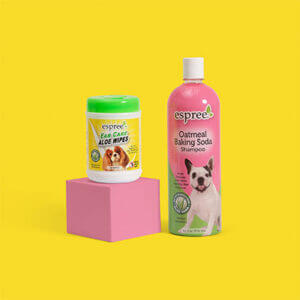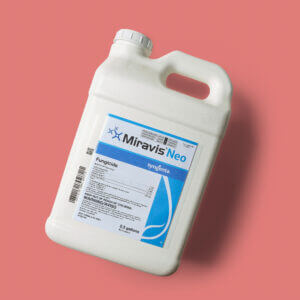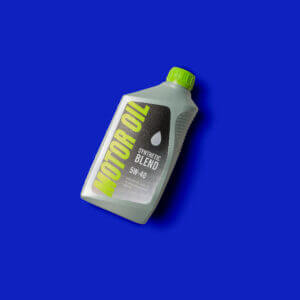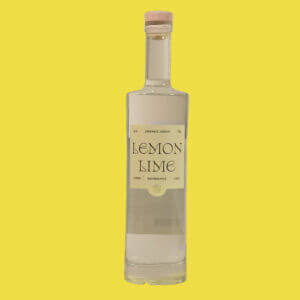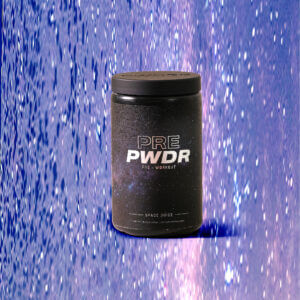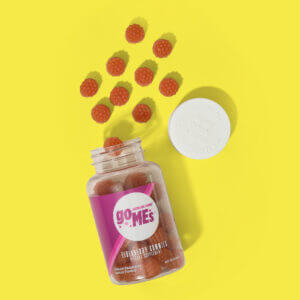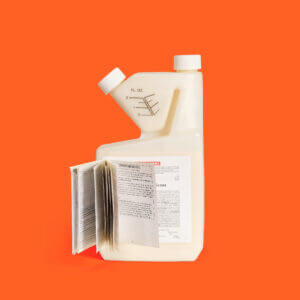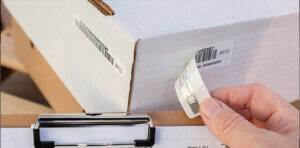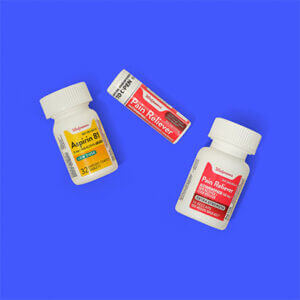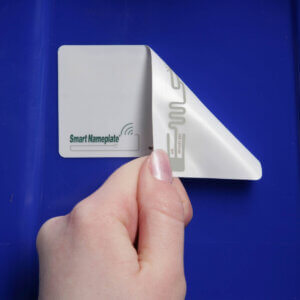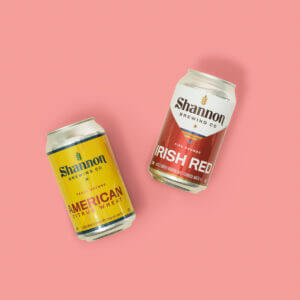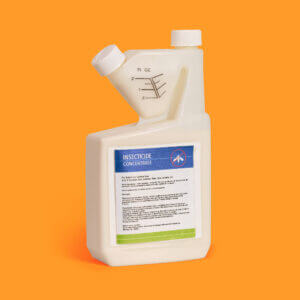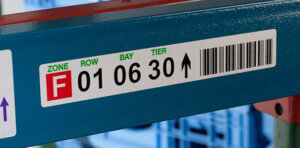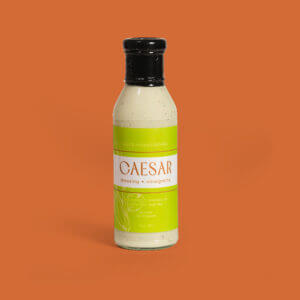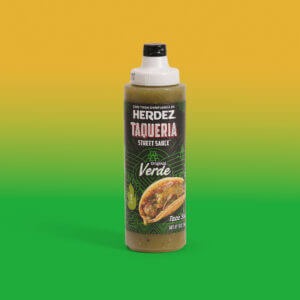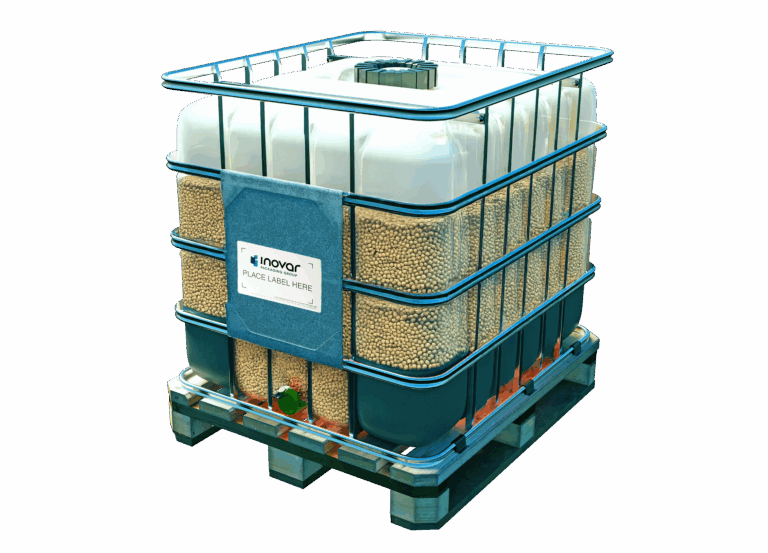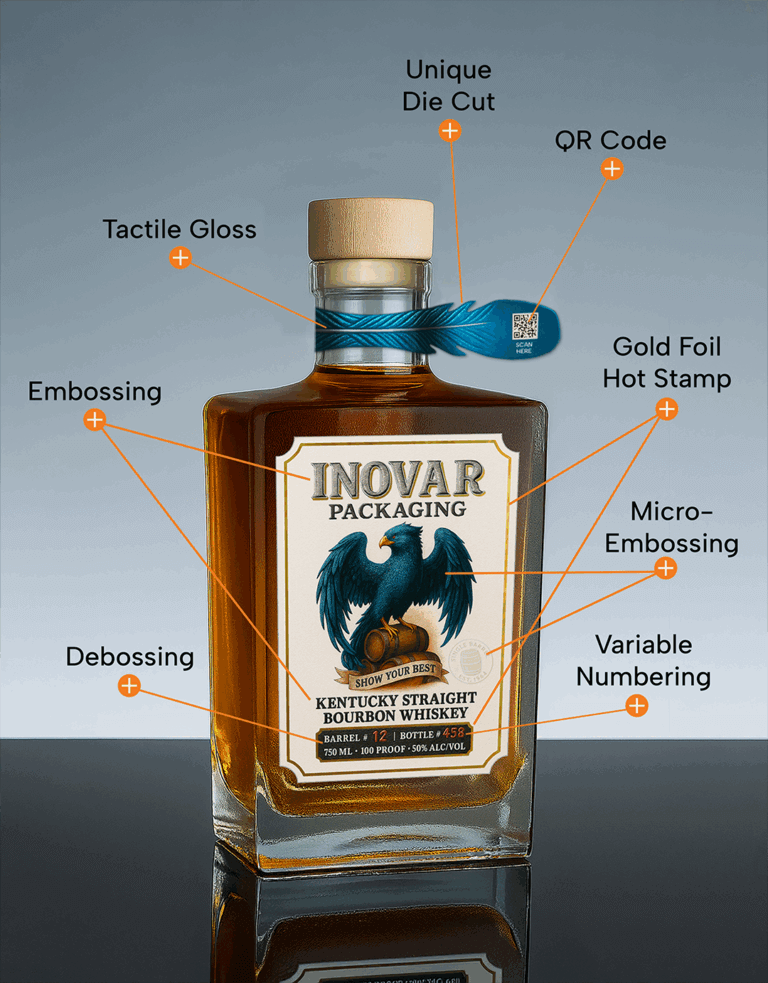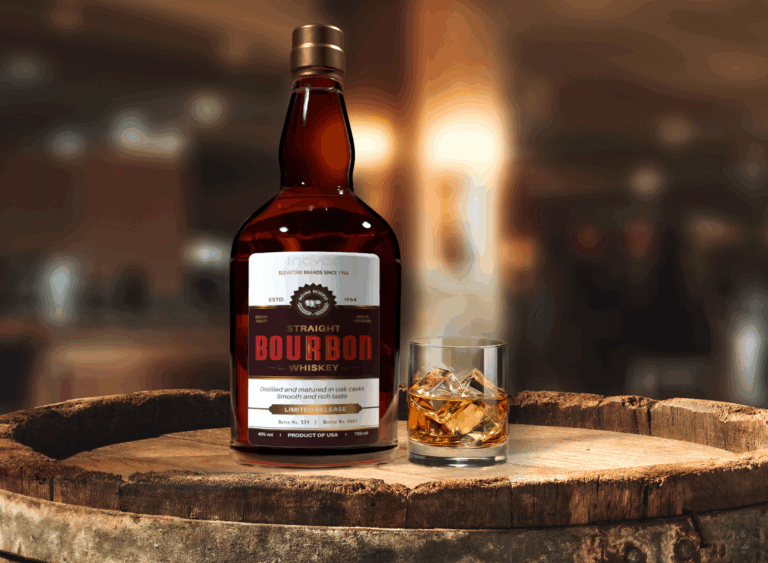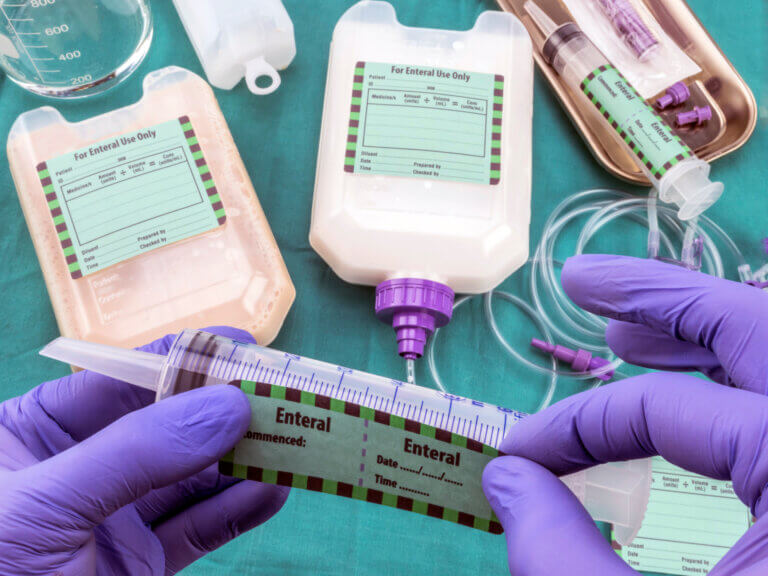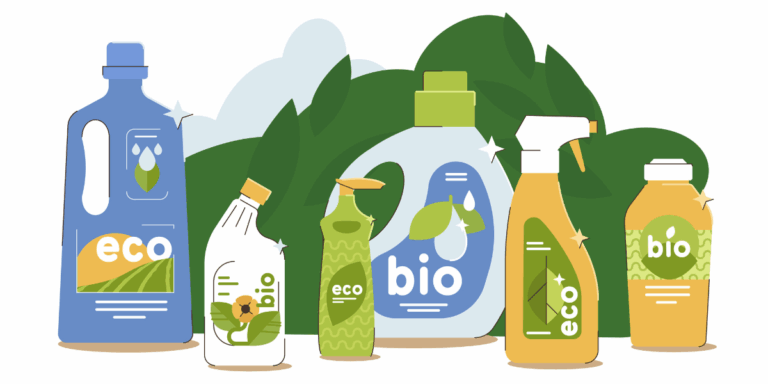
Resources
Product Labels & Packaging Insights from Inovar
As leaders in label and packaging innovation, we stay on the cutting edge of industry developments, from digital printing technology advancements to emerging sustainability solutions and legislation. Explore our extensive resources and discover how Inovar Packaging Group can support your business’s growth and sustainability goals.
FEATURED Blog


Meet the Team: Andy Hart – General Manager at Inovar Packaging Group Kansas City
Professional Journey Andy Hart has been with Inovar Packaging Group’s Kansas City facility for an impressive 27 years. As General Manager, Andy thrives in the fast-paced world of labels and packaging and enjoys working alongside great people to deliver creative solutions to customer challenges. One of Andy’s most memorable projects was developing a more efficient […]
Read moreWE'RE HERE TO SERVE YOU
Creating and producing labels can be overwhelming, but our experts are here to guide you every step of the way. Whether you have a project ready to go, have questions about label applications or materials, or want to learn more about our services, our team is ready to assist you.
